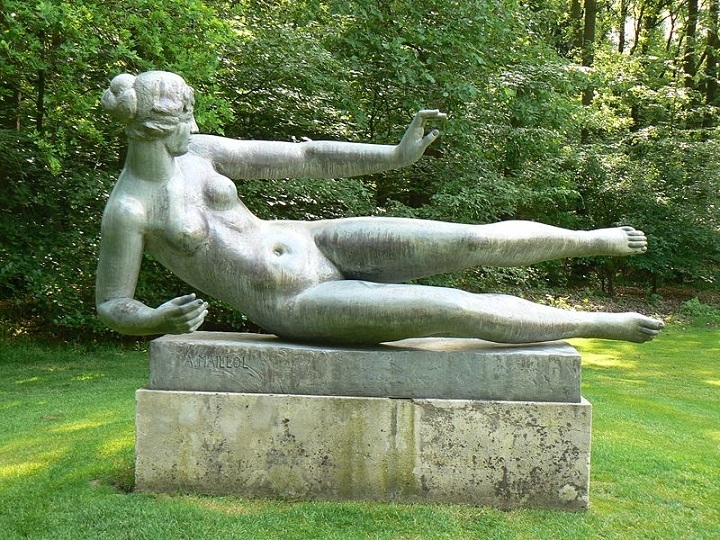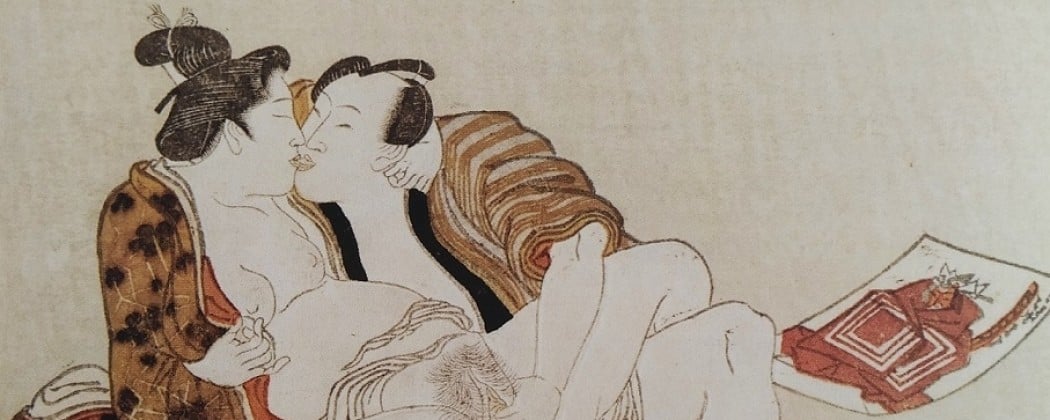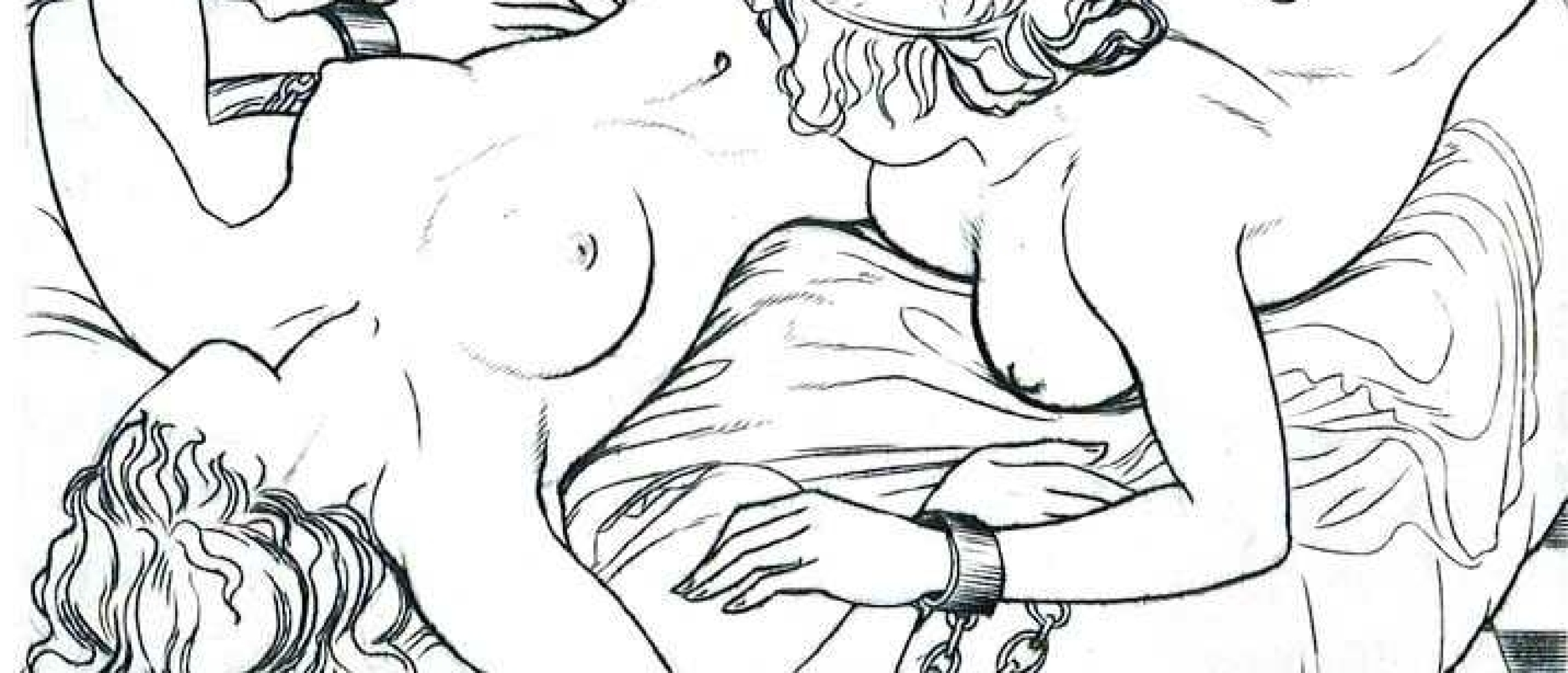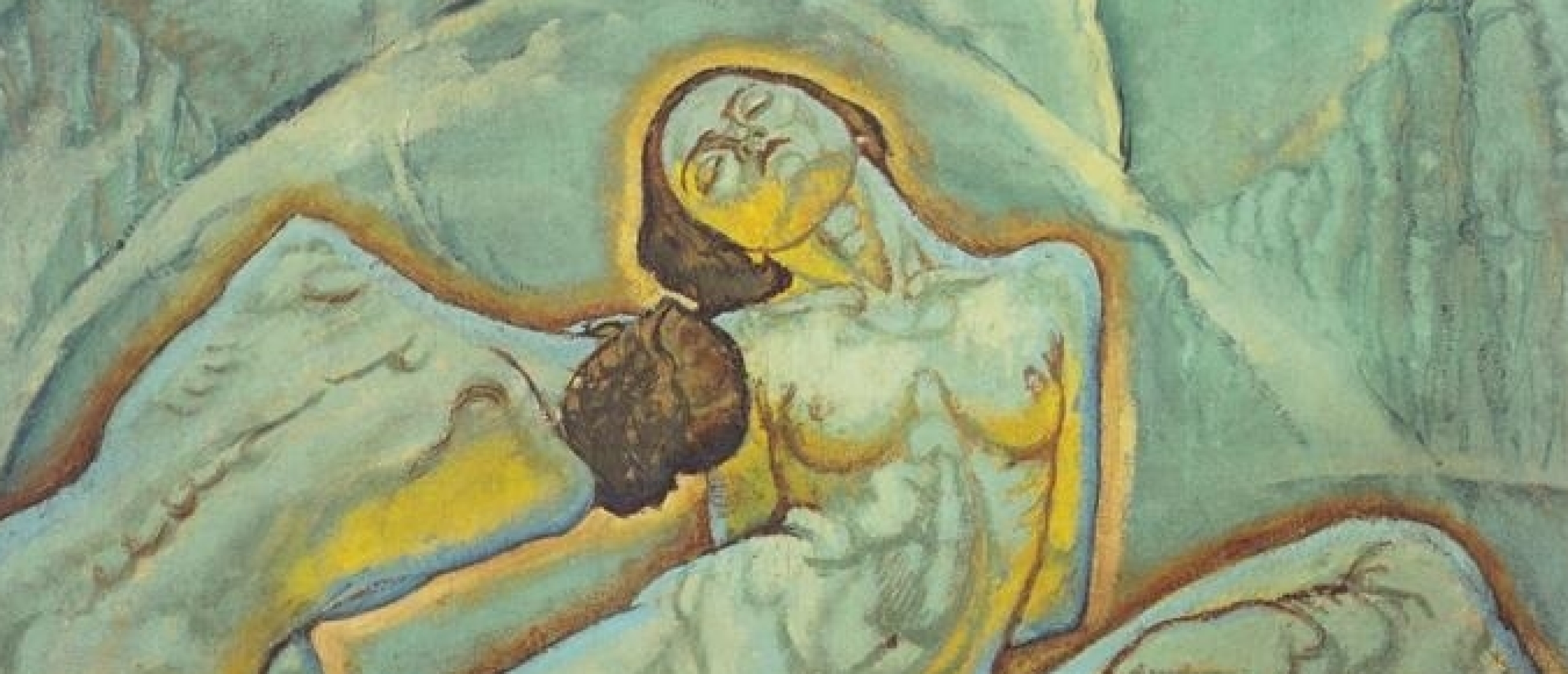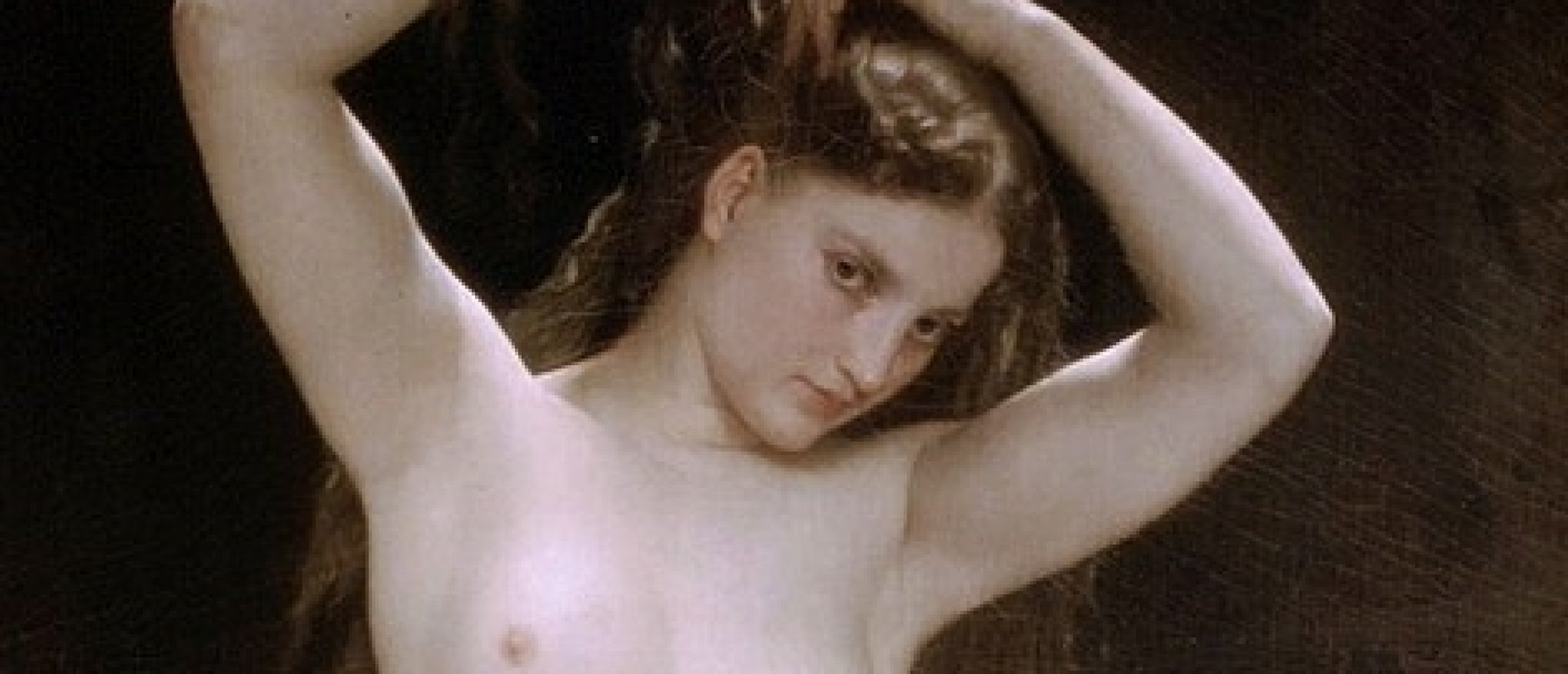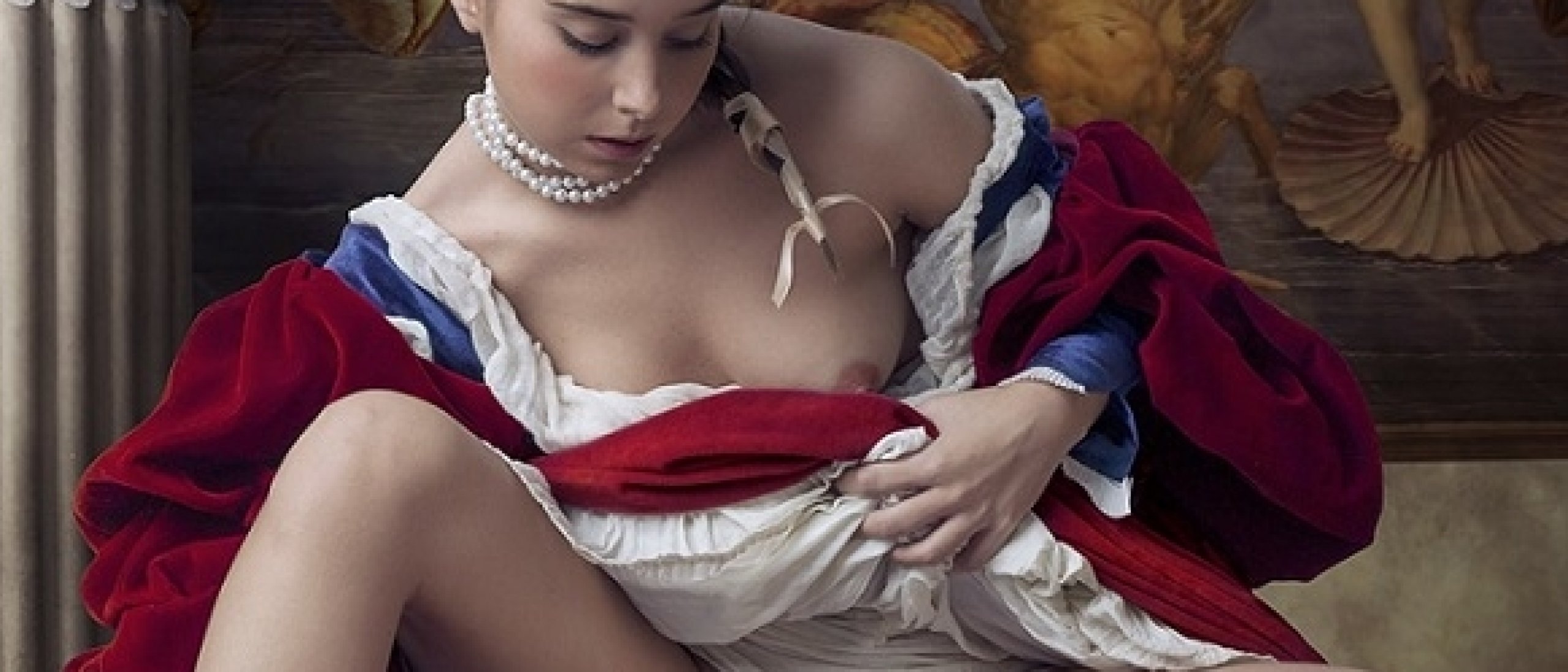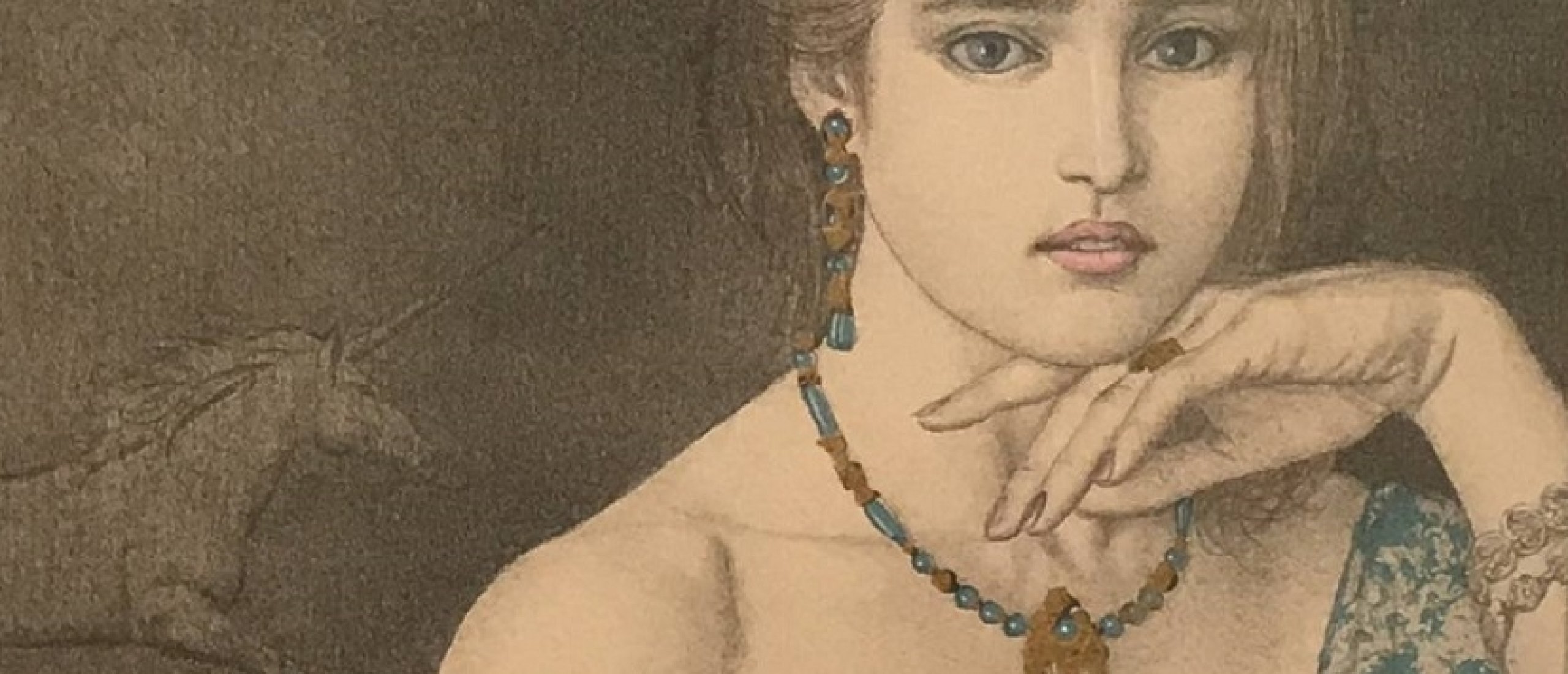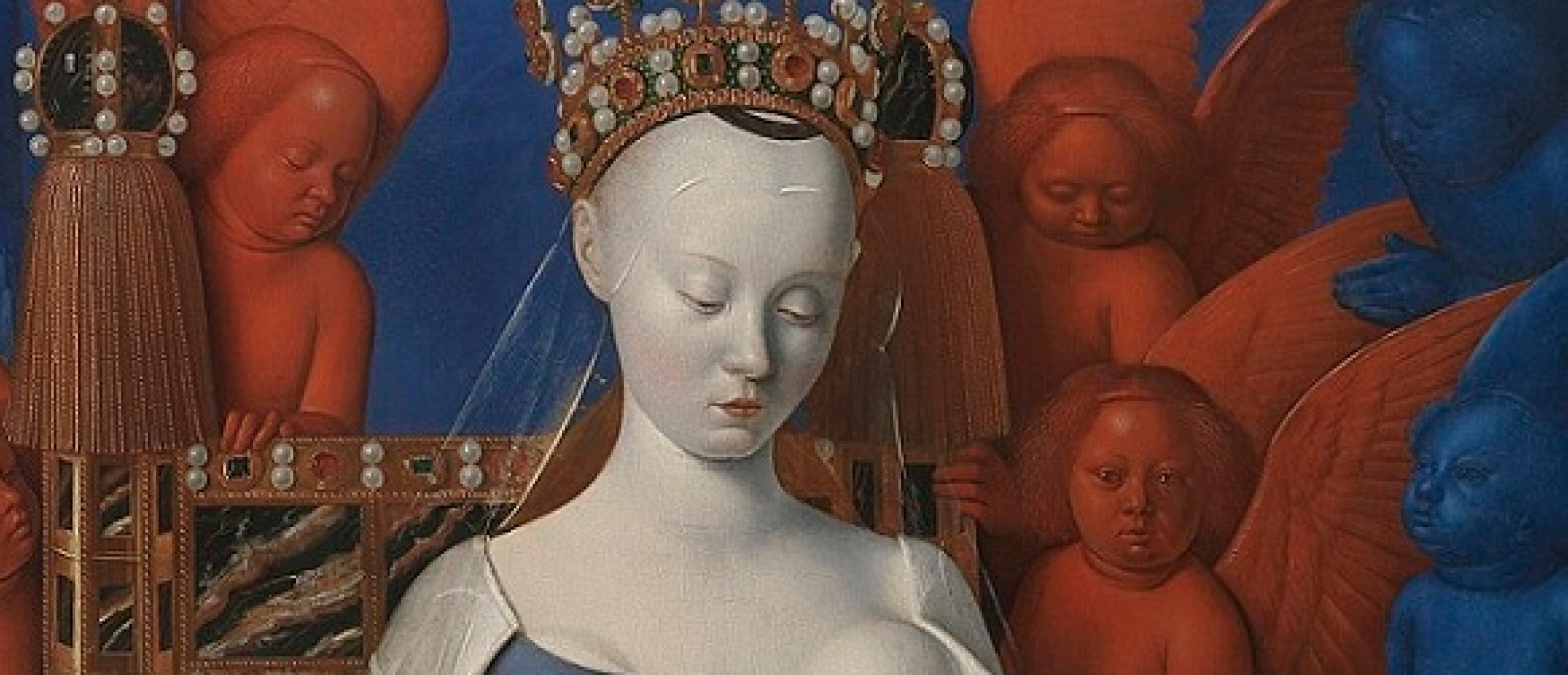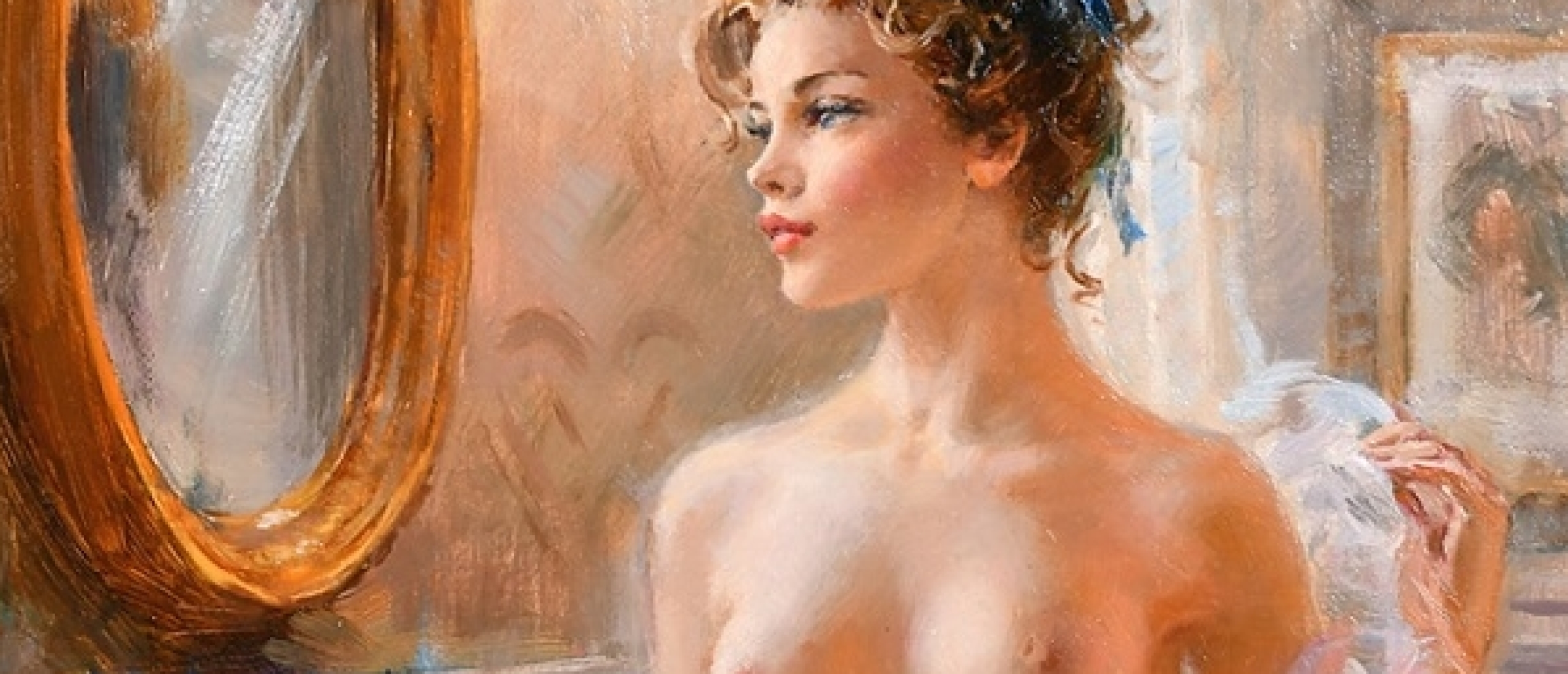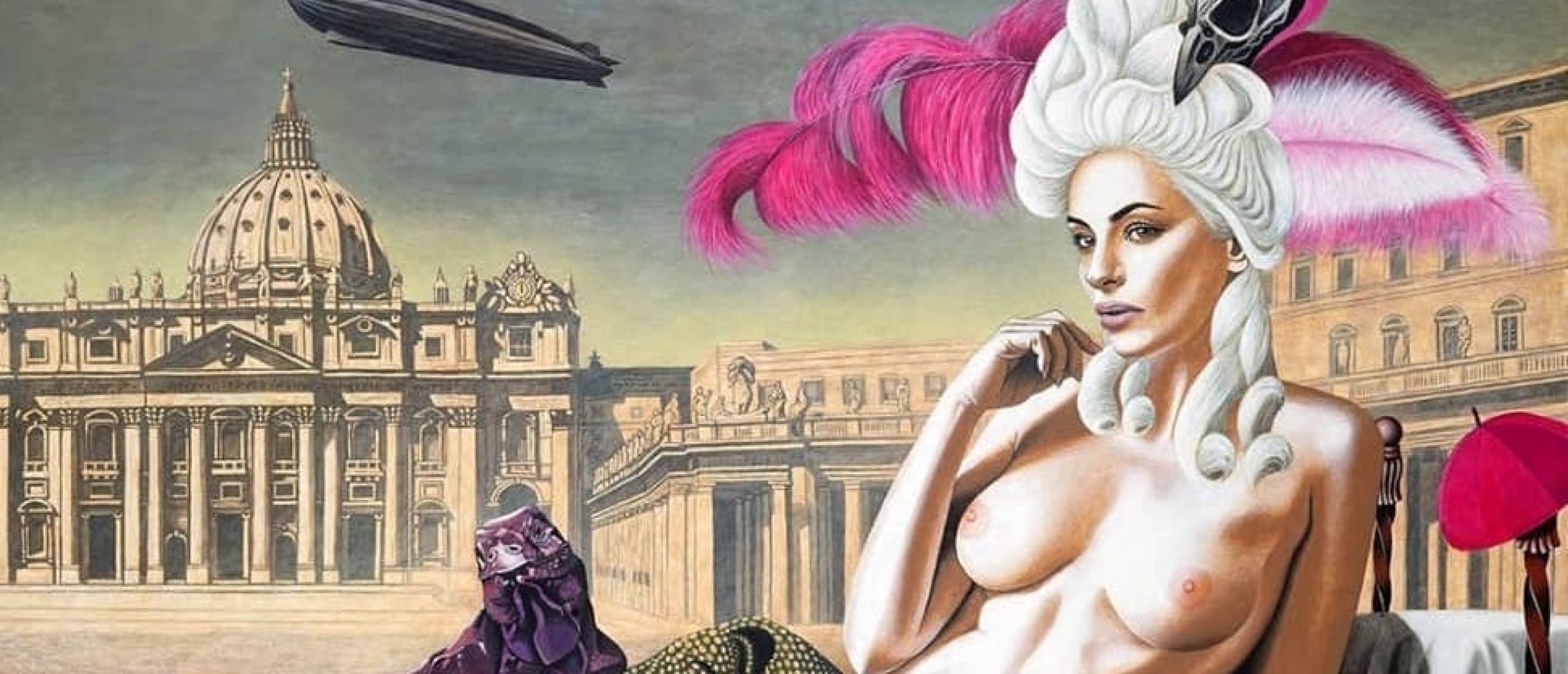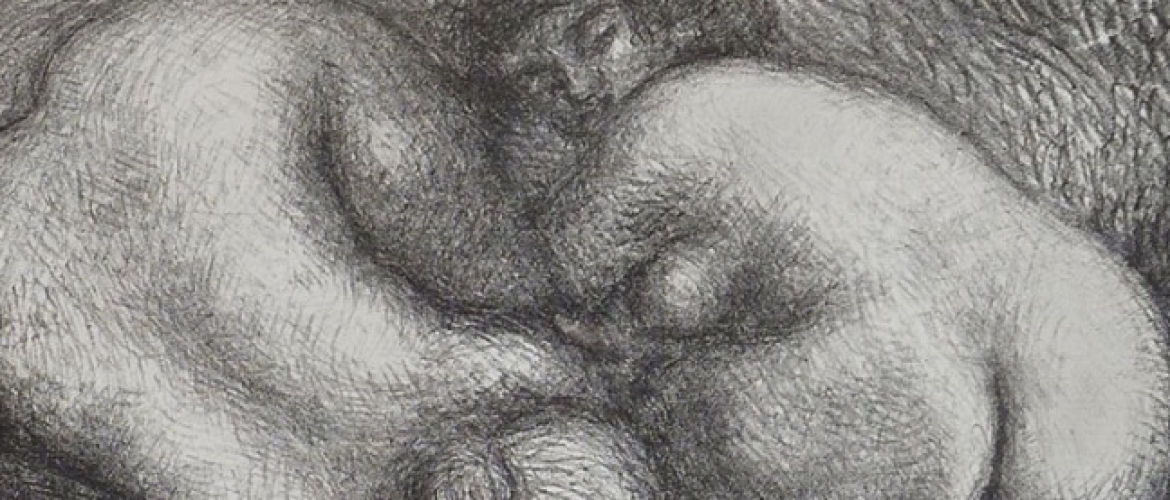
In this article, we’ll look at Aristide Maillol’s sensual sculptures and illustrations for texts by Vergil and Horace. These simple red and black prints give us an engaging representation of the Golden Age.
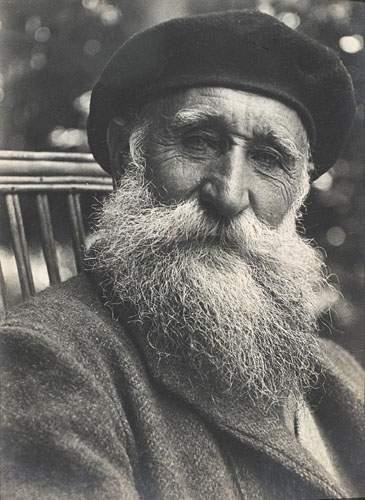
Fig. 1. Maillol (Wikipedia.org)
Master of Tapestry and Genius of Sculpture
Aristide Maillol (1861-1944) was the penultimate of five kids in the family of the linen merchant in Roussillon. His aunt Lucie was taking care of his education. Maillol began studying at the Saint-Louis-de-Gonzague Catholic school. At the age of 21, he enrolled at the National School of Fine Arts in Paris. His mentors were Jean-Léon Gérôme and Alexandre Cabanel. Maillol’s artistic vision shaped under the influence of Pierre Puvis de Chavannes and Paul Gauguin. The latter stimulated his interest in decorative art. Besides, the artist was deeply impressed by the famous The Lady and The Unicorn tapestry in the Cluny museum and eventually opened a tapestry workshop in Banyuls in 1893. The quality and esthetic perfection of his production allowed him to gain public recognition. In 1895, Mailol began creating small terracotta sculptures influenced by Greek statues. His wife, Clotilde Narcis, was the first model for paintings and sculptures. Maillol’s exhibitions, which were held in 1900-1902 years, struck Rodin and Mirbeau. As Rodin once said, “Maillol has the genius of sculpture… You have to be in bad faith, or very ignorant, not to recognize him.”
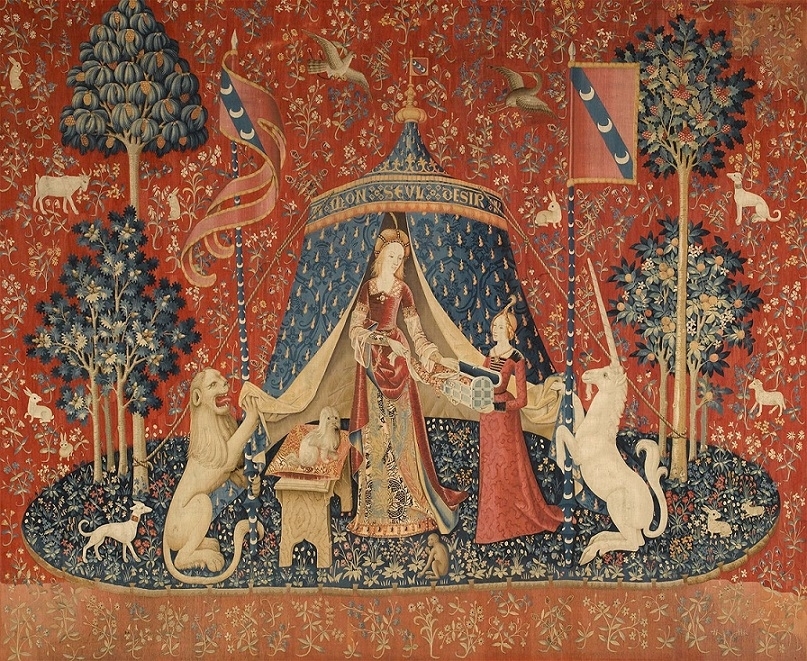
Fig. 2. The Lady and The Unicorn, 1500s (Wikipedia.org)
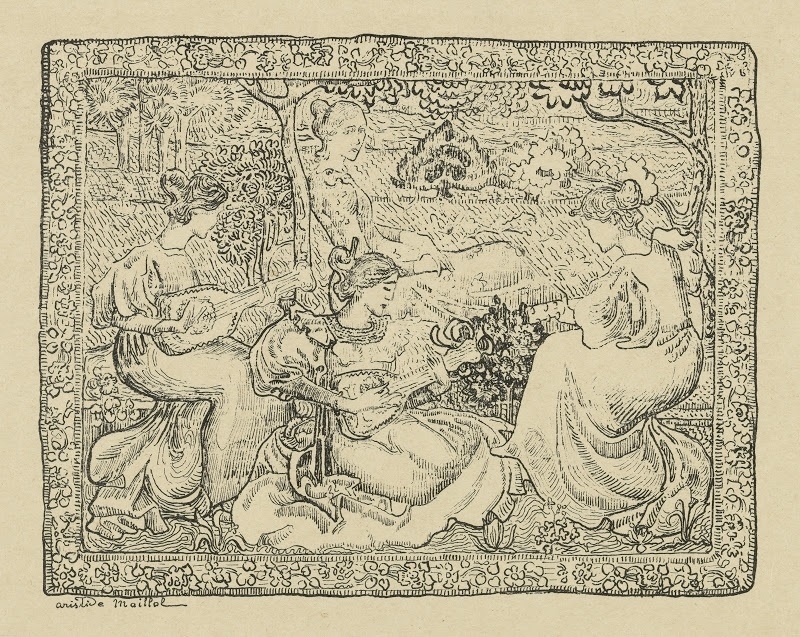
Fig. 3. Tapestry by Maillol, 1895 (vangoghmuseum.nl)
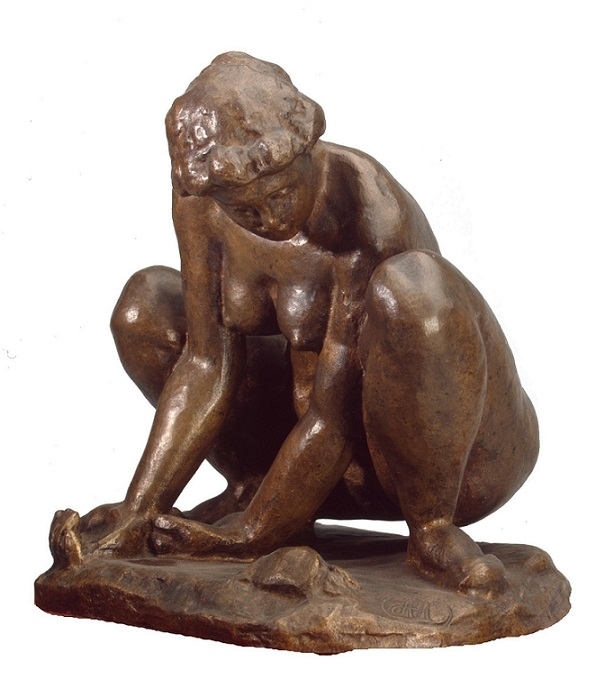
Fig. 4. The Crouching Woman (hermitagemuseum.org)
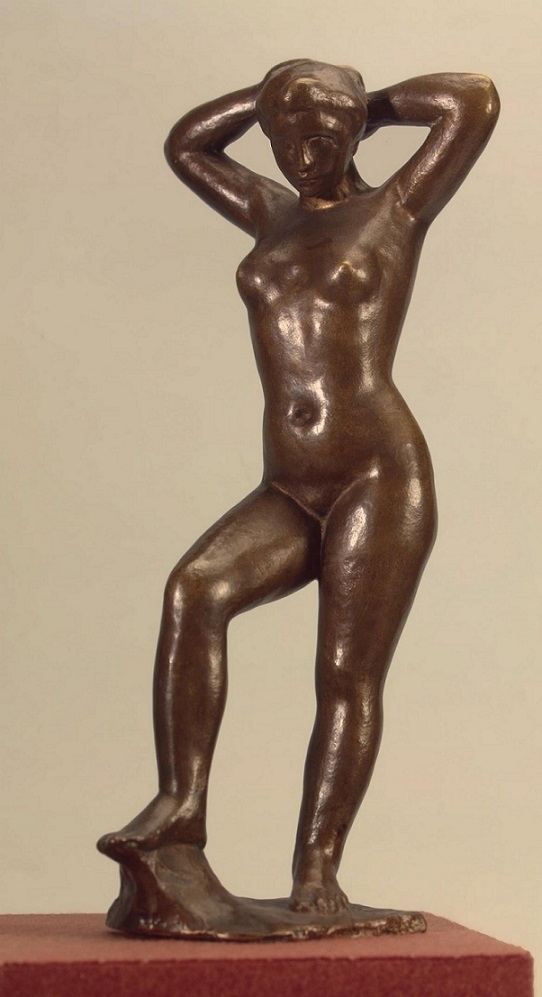
Fig. 5. The Bather Holding Her Hair (hermitagemuseum.org)
Pure Geometry
The Mediterranean, created in 1905, is one of the most recognizable among early Maillol’s works. The thoughtful naked girl seated with the elbow on her knee is an example of the perfect geometric composition not involving any conceptual content. As André Gide noted, “It is beautiful, it means nothing, it is a silent work.” This “silence” can be understood as a concept itself, which makes works of Maillol close to classic Japanese art, namely, to geometrically perfect compositions of Hokusai. The female body was the main subject of Maillol’s mature oeuvres.
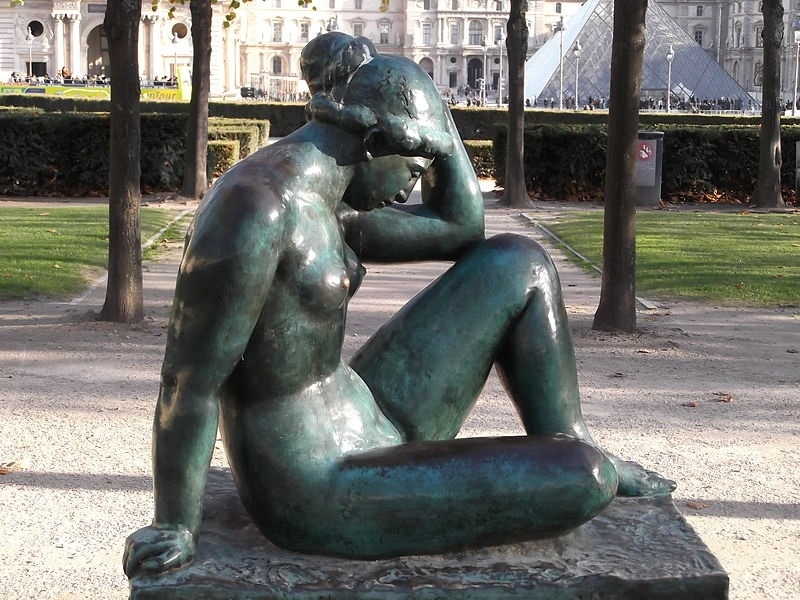
Fig. 6. The Mediterranean, 1905 (Wikipedia.org)
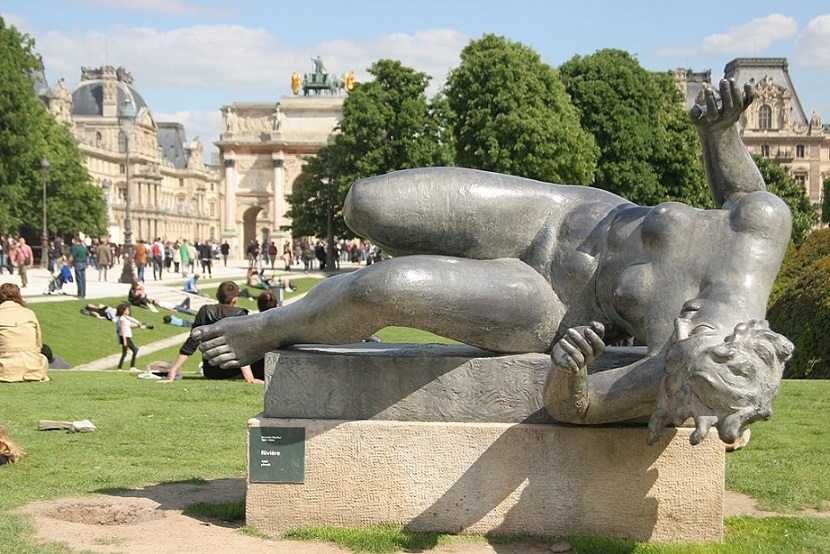
Fig. 7. The River, 1938-1943 (Wikipedia.org)
